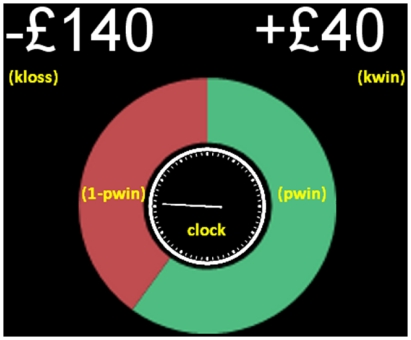Figure 1. Example of gamble presentation.
kwin represents potential gain, pwin the probability of winning, kloss potential loss. Participants were instructed to consider these elements together and equally weight them when deciding whether to bet or leave each gamble. A third of the gambles had positive EV (risk-advantageous), a third negative EV (risk-disadvantageous) and the remaining EV≈0 (risk-indifferent). The clock spun at two different rates: slow or fast. Participants were explicitly instructed that they always had 5 s to respond. Trials were interspersed with null events (fixation cross).

